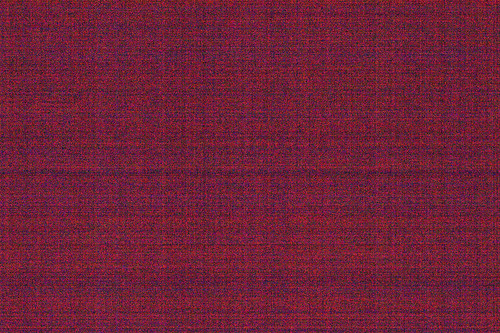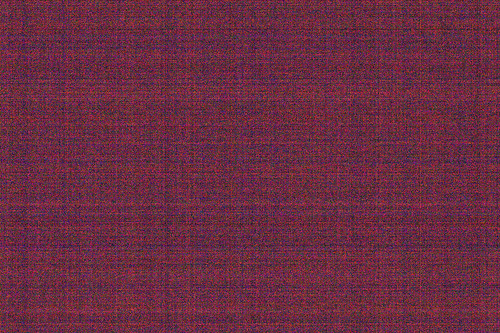An update: I've been using FRSP + external flash (for extreme macro stacking; ~200-300 shots in a stack) successfully with Canon 50D and my DIY Arduino stacking rail Fast Stacker, for some time now. The good timing parameters (using Lexar 1000 card) are: camera exposure 1/4s, flash delay (after initiating the shot) 1.1s, minimum delay between shots 5.5s. The FRSP is fully supported in my most recent rail software version, s1.14. For this to work you need an adapter like this:
 FRSP adapter by First Last, on Flickr
FRSP adapter by First Last, on Flickr
I just finished writing a detailed tutorial on how to find proper values of the three timing parameters, for any camera model:
http://pulsar124.wikia.com/wiki/User_guide#Electronic_shutter
 FRSP adapter by First Last, on Flickr
FRSP adapter by First Last, on FlickrI just finished writing a detailed tutorial on how to find proper values of the three timing parameters, for any camera model:
http://pulsar124.wikia.com/wiki/User_guide#Electronic_shutter




 was the most tricky as usual. I measured the good MFA intervals by observing the output of the ML on my camera screen. This is not very reliable, but this is the best I could do. I did three distances (1, 3, 8m) and three FLs (17, 30, 50mm). I obtained the following good MFA intervals:
was the most tricky as usual. I measured the good MFA intervals by observing the output of the ML on my camera screen. This is not very reliable, but this is the best I could do. I did three distances (1, 3, 8m) and three FLs (17, 30, 50mm). I obtained the following good MFA intervals: